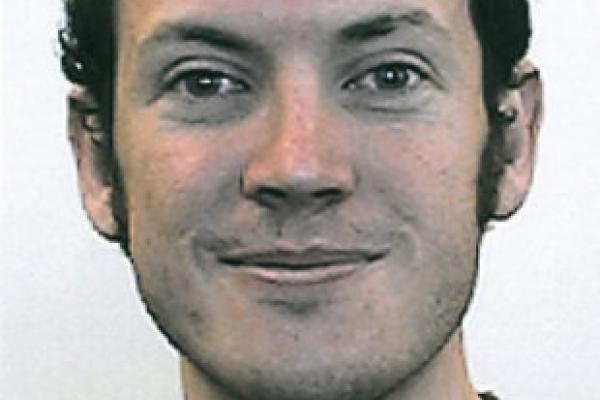Like many others, I was shocked to hear this morning about the mass killing in an Aurora, Colo., movie theater at the hands of (according to law enforcement authorities) suspect James Eagan Holmes — a 24-year-old California native and neurosciences graduate student at the Univeristy of Colorado in Denver.
Having recently moved from Colorado to Oregon, the Aurora shootings tapped into old feelings as I recalled the Columbine High School killings in 1999. My wife, Amy, was a youth minister at the time, and one of the girls who had previously been a part of her group had helped the Columbine killers buy their guns.
Then there was the attack at New Life Church in Colorado Springs. And now this.
It got me thinking about what all of the killers have in common, and for that matter, what they seem to have in common with many of the mass murderers at the focus of such tragic stories.
Read the Full Article

